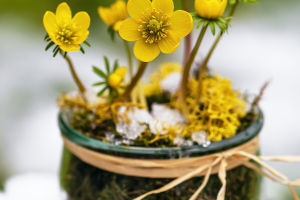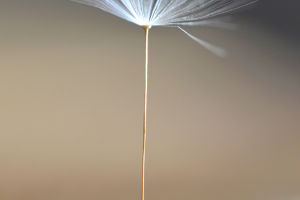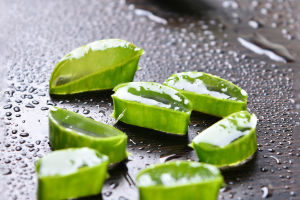
Unveiling The Remedy

Colchicine, a naturally occurring alkaloid, has been revered for its medicinal properties for centuries.
Derived from the autumn crocus plant (Colchicum autumnale), this compound has played a significant role in the history of medicine, particularly in the treatment of gout and other inflammatory conditions. Let's delve into the origins, chemical properties, pharmacology, medical uses, and potential side effects of colchicine.
Historical Background
The use of colchicine can be traced back to ancient civilizations, such as the Egyptians and Greeks, who employed extracts from the Colchicum plant for medicinal purposes. Its name is derived from "Kolkhikos," a reference to the ancient region of Colchis in modern-day Georgia, where the plant was first discovered. In the 19th century, colchicine's chemical structure was elucidated, marking a significant milestone in the understanding of this compound's properties.
Related
 Tulips: Spring's vibrant blooms, rich symbolism, and Dutch legacy.
Tulips: Spring's vibrant blooms, rich symbolism, and Dutch legacy.
 Winter flower care is a challenge, but with the right strategies, you can enjoy vibrant blooms even in the cold.
Winter flower care is a challenge, but with the right strategies, you can enjoy vibrant blooms even in the cold.
 Succulents, with their unique beauty and low maintenance, have a special place in the plant world.
Succulents, with their unique beauty and low maintenance, have a special place in the plant world.
 In the world of science and science fiction, people often come up with all sorts of interesting hypotheses and theories.
In the world of science and science fiction, people often come up with all sorts of interesting hypotheses and theories.
 The secret to preventing red leaves on your aloe vera.
The secret to preventing red leaves on your aloe vera.
 The importance of wheat.
The importance of wheat.
Chemical Composition and Structure
Colchicine's chemical formula is C22H25NO6, and it is characterized by a complex, ring-like structure. The compound consists of three rings: two benzene rings and a central heptadiene ring. These structural features are crucial to its biological activity, as they enable colchicine to interact with cellular components and exert its therapeutic effects.
Pharmacology
Colchicine's pharmacological actions primarily revolve around its ability to inhibit microtubule formation. Microtubules are essential components of the cytoskeleton, involved in various cellular processes, including cell division, intracellular transport, and maintenance of cell shape. Colchicine binds to tubulin, a protein that forms microtubules, preventing their polymerization. As a result, colchicine disrupts vital cellular functions and exhibits anti-inflammatory and cytotoxic effects.

Medical Uses
Gout Treatment: Colchicine's most well-known application is in the management of gout, a painful inflammatory arthritis caused by the accumulation of uric acid crystals in joints. Colchicine alleviates gout symptoms by reducing inflammation and inhibiting the migration of white blood cells to the inflamed area.
Familial Mediterranean Fever (FMF): Colchicine is also a mainstay treatment for FMF, an inherited autoinflammatory disorder characterized by recurrent fever, abdominal pain, and joint inflammation. Colchicine helps control symptoms and prevents complications associated with FMF.
Other Inflammatory Conditions: Beyond gout and FMF, colchicine has been used to manage various inflammatory conditions like Behçet's disease, pericarditis, and pseudogout.
Cancer Research: Colchicine's cytotoxic properties have made it a valuable tool in cancer research. It can disrupt cell division and is used in studies exploring potential cancer treatments.
Side Effects and Precautions
While colchicine offers therapeutic benefits, it is not without side effects. Common side effects include gastrointestinal symptoms like diarrhea, nausea, and abdominal pain. Severe adverse effects, though rare, may include myopathy (muscle damage) and bone marrow suppression.
Due to its narrow therapeutic window, colchicine requires careful dosing and monitoring. It is important to follow prescribed dosages and avoid interactions with drugs that inhibit their metabolism, as this can lead to toxic levels of colchicine in the body.
Colchicine, a compound rooted in ancient medicine, continues to play a crucial role in modern healthcare. Its unique ability to disrupt microtubule formation makes it a valuable tool in treating gout, FMF, and various inflammatory conditions. However, its potential side effects and toxicity necessitate cautious use under medical supervision.
As science continues to unravel the intricate mechanisms of this ancient alkaloid, colchicine may find even broader applications in the future, offering hope to those suffering from inflammatory diseases and contributing to the ongoing evolution of medical science. The journey of colchicine, from the Colchicum plant to the forefront of medicine, serves as a testament to the enduring power of nature's pharmacopeia.